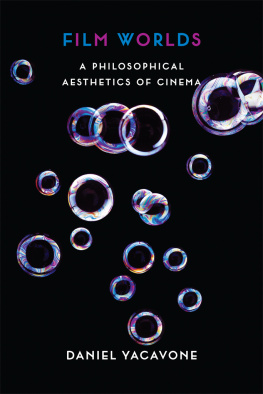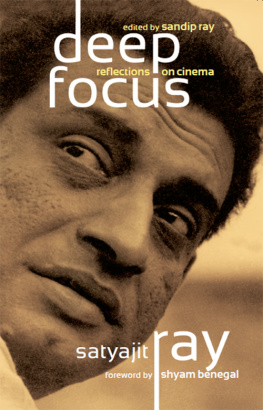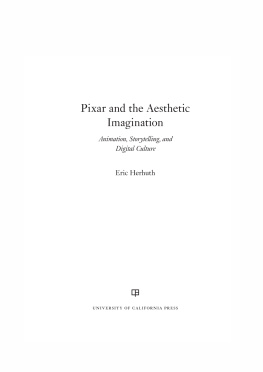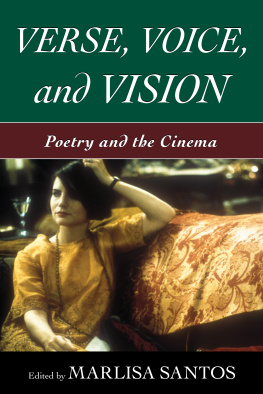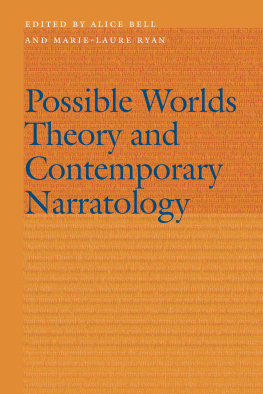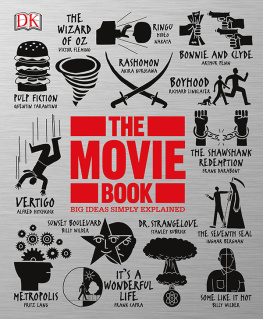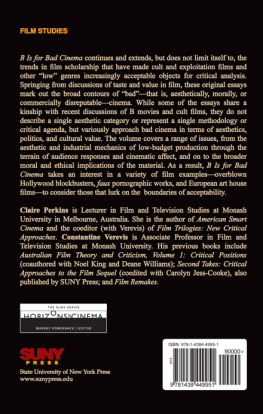FILM WORLDS
DANIEL YACAVONE
FILM WORLDS
A PHILOSOPHICAL AESTHETICS OF CINEMA
COLUMBIA UNIVERSITY PRESS
NEW YORK

COLUMBIA UNIVERSITY PRESS
Publishers Since 1893
NEW YORK CHICHESTER, WEST SUSSEX
cup.columbia.edu
Copyright 2015 Columbia University Press
All rights reserved
Library of Congress Cataloging-in-Publication Data
Yacavone, Daniel.
Film worlds : a philosophical aesthetics of cinema / Daniel Yacavone.
pages cm
Includes bibliographical references and index.
ISBN 978-0-231-15768-1 (cloth : alk. paper) ISBN 978-0-231-15769-8 (pbk. : alk. paper) ISBN 978-0-231-53835-0 (ebook)
1. Motion picturesAesthetics. 2. Motion picturesPhilosophy. I. Title.
PN1995.Y275 2014
791.4301dc23
2014016641
A Columbia University Press E-book.
CUP would be pleased to hear about your reading experience with this e-book at .
COVER IMAGE: ROBERT SCHLATTER GALLERY STOCK
COVER DESIGN: CHANG JAE LEE
References to websites (URLs) were accurate at the time of writing. Neither the author nor Columbia University Press is responsible for URLs that may have expired or changed since the manuscript was prepared.
Thanks to art, instead of seeing one world only, our own, we see that world multiply itself and we have at our disposal as many worlds as there are original artists, worlds more different one from the other than those which revolve in infinite space.
Marcel Proust
You see, once you start down a road to make a film you enter a certain world. And certain things can happen in that world, and certain things cant.... So you begin to know these rules for your world, and youve got to be true to those rules.
David Lynch
THE IDEAS AND ARGUMENTS IN THIS BOOK WOULD NOT HAVE COME together in the form of a monograph were it not for the support and encouragement of a number of institutions and individuals. My thanks to the British Academy for the award of a Postdoctoral Research Fellowship that enabled me to pursue the project in film theory and philosophy that evolved into the present book, and to the University of Edinburgh for hosting the Fellowship. I would like to thank past and present colleagues within the Film Studies Program at Edinburgh for their support of my interdisciplinary research, as well as for their helpful suggestions with respect to this book, especially Martine Beugnet, the late John Orr, Kriss Ravetto-Biagioli, and David Sorfa. For assistance and encouragement along the way (or earlier) many thanks to Ian Christie, Bill Germano, Andrew Klevan, Jane Sillars, Susan Kemp, Laura Marcus, David Martin-Jones, Annette Davison, Julian Kilverstein, Ben Winters, David N. Rodowick, Raymond Bellour, Christa Blmlinger, Dudley Andrew, Andrew Ward (and other past and present members of the Philosophy Department at the University of York), Tony McKibbin, Mark Cousins, Chris Fujiwara, Jason Gaiger, and Robert Sinnerbrink. Thanks also to my manuscript editor, Joe Abbott, my production editor Roy Thomas, and, especially, Wendy Lochner, my editor at Columbia University Press, for her great patience and expert advice. I owe a special debt of gratitude to the wonderful teachers at Connecticut College who first opened my intellectual horizons to many of the worlds of films and philosophy explored in these pages; my thanks, especially, to the Philosophy Department and to its members Kristin Pfefferkorn-Forbath, J. Melvin Woody, Marijan Despalatovic, and the late Lester J. Reiss. Finally, I wish to reserve special acknowledgment for my parents and for Kathrin. Their support has made this and so much else possible, and this book is dedicated to them.
TO MAKE A FILM IS ALSO TO CONSTRUCT A WORLD. AS VIEWERS, WE are invited to enter into this world, to share it with its maker(s) and with other viewers. When made, experienced, and understood as art, the virtual worlds of films, including all narrative ones, not only provide a form of experience that approaches in many ways our actual, embodied life experience but also mediates it in aesthetic ways, sometimes to powerful cognitive and affective ends.
Taking the multifaceted concept of the world of an artwork as its starting point and principal focus throughout, this book explores the nature of cinematic art from both filmmaking and film-viewing perspectives. To the degree possible, given the complex and historically variable character of the cinema throughout its history, it attempts to provide an overarching theoretical framework that captures and expands on the insights of a number of notable film theorists, critics, and filmmakers regarding the world-like structures and experiences of narrative films, including Gilles Deleuzes contention that cinema does not just present images, it surrounds them with a world.
I approach the subject of cinematic art by way of philosophical theories of the symbolic, phenomenological, and hermeneutic aspects of art in general, which all converge on important topics in classical and contemporary film theory. With reference to its goal to provide an alternative, general framework for reflecting on the artistic dimensions, and to some degree accomplishments, of films, much of this study may be described aptly as metatheoretical. It is as much if not more concerned with analyzing and evaluating relevant theories of cinema, or certain of their major aspects (and of philosophical approaches to art as related to these), than with analyzing and understanding specific works or the aims and achievements of particular filmmakers. I do hope, however, that some of the ideas, concepts, and terms introduced (or reintroduced, as the case may be) will be seen as worth taking up and applying in more detailed analyses of individual films, styles, and genres.
By way of introduction to the leading term and concept of this study, what I conceive of as a film world, in the artistic and aesthetic senses to be explained and discussed, is a singular, holistic, relational, and fundamentally referential reality. Not strictly identical with the film work that occasions and presents it, a film world possesses pronounced sensory, symbolic, and affective dimensions. It provides virtual and actual experiences that are at once cognitive and immersive and sensuous. Both the creation and experiencing of film worlds are marked by complex and world-constitutive dynamics of transformation and immersion; these processes are not only relationally codependent but, via the anticipations of filmmakers and tacit understandings and expectations of audience members, mutually reinforcing. The transformation in question relies heavily on the given properties of the preexisting realities out of which a film is more or less creatively and skillfully made, while the viewers immersion includes but is not confined to engaging with fictional characters and situations in a partly literally depicted, but still largely imagination-constructed, story-world. Taken to mean the full being or presence of a cinematic work of art as it is intentionally constructed, experienced, and interpreted, a film world also constitutes a historical, transsubjective event of artistic and cinematic truth, as it concerns both cinematic and noncinematic life experience.
Apart from this specific film-as-world model, some readers may consider that a general inquiry into the aesthetic character of cinema exclusively is outmoded, for any variety of reasons. To speak of a given film as art, however, is not to deny its status as a historical document, a more or less accurate mirror or apt commentary on the society and culture in which it is made and seen, and as an intended or unintended vehicle for the communication of all manner of normative and ideological messages. Although other uses, forms, and values of cinema converge with specifically artistic or aesthetic ones, to understand the complex interactions among them as realized in any given work requires some understanding of any films most typical artistic features and functions.
Next page
